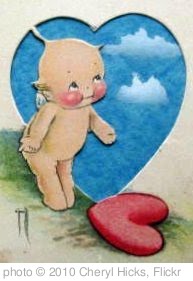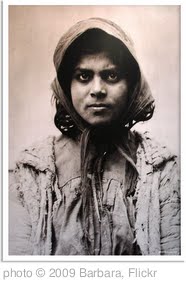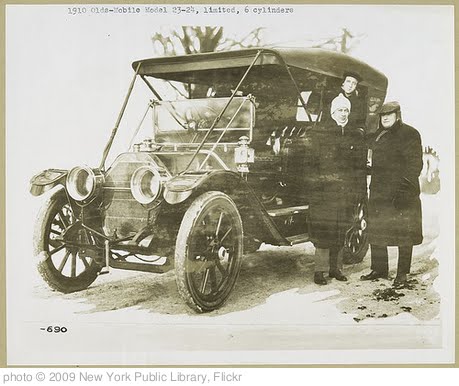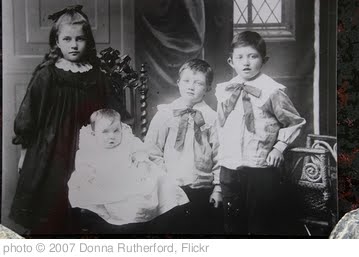The Big Burn: Teddy Roosevelt and the Fire that Saved America by Timothy Egan.
I remember the story from history class of how FDR tried to pack the Supreme Court by creating new justices behind Congress’s back and of how John Adams tried to fill a bunch of vacant judgeships with his own appointees just before leaving office so that Jefferson wouldn’t fill them with his people. Teddy Roosevelt tried something similar, but with forests, and he got away with it—to the everlasting benefit of all Americans.
“In 1907, an amendment was tacked onto a spending bill, a bit of dynamite in a small package. The add-on took away the president’s authority to create new national forests in a huge part of the West without congressional approval. . . .
Roosevelt felt cornered. Not so with Pinchot. To the forester, the Senate amendment was no defeat; it was an opportunity–but only if they acted quickly. The president had a week to sign the bill, and it had to be signed because it kept the government in operation. Pinchot had an idea. Why not use the seven-day window to put as much land into the national forest system as possible? Just go full bore and do in a week’s time what they might normally do over the course of four years.
Roosevelt loved it. He asked the Forest Service to bring him maps–and hurry!–a carpet of cartography, every square mile in the area Heyburn was trying to take away. . .
At the end of the week, Roosevelt issued executive proclamations covering sixteen million acres of land in half a dozen states, bringing them into the fold of the national forest system. And then he signed the bill that prevented him or any other president from doing such a thing again.”
That was 1907, and although the National Forest Service had the land, it didn’t have the personnel and equipment and funding to take care of the land, to build ranger stations, and to watch for and fight fires, because Congress still wasn’t on board with Teddy’s little conservation mania. Speaker of the House Joe Cannon declared, “Not one cent for scenery!” And a lot of senators and representatives were in agreement with Cannon. Then, Teddy Roosevelt’s two terms as president were over, and he went off to Africa on safari and left President Taft, his hand-picked successor, in charge. But Taft wasn’t Teddy, although he promised to carry out TR’s conservation policies, and then came the Big Burn.
On August 20, 1910:
“‘All h–l broke loose,’ Bill Greeley reported. For the minister’s son this was as emphatic as he got. His rangers–those still in contact–were sending dispatches that made it sound as though virtually all of the forested domain of the United States government was under attack. They wrote of giant blowtorches flaming from treetop to treetop, of house-size fireballs rolling through canyons, pushed by winds of seventy miles an hour. They told of trees swelling, sweating hot sap, and then exploding; of horses dying in seconds; of small creeks boiling, full of dead trout, their white belies up; of bear cubs clinging to flaming trees, wailing like children.”
 It was the worst forest fire anyone had ever seen, and the end result was over 100 people dead, about three million acres of forest burned to a crisp, and the National Forest Service with a mandate for the future: Prevent Forest Fires.
It was the worst forest fire anyone had ever seen, and the end result was over 100 people dead, about three million acres of forest burned to a crisp, and the National Forest Service with a mandate for the future: Prevent Forest Fires.
Aside from the availability of helicopters, better communications, and some more advanced firefighting methods, this nonfiction book about the worst wildfire in U.S. history sounds a lot like the newspaper articles and stories from the Colorado wildfires that are still raging and the fires that we read about every year in California. We still don’t know exactly how to manage forests and fires in forests.
Colorado State Trooper: “Forests didn’t used to grow to the point where you have these catastrophic fires. We would have a lot of little fires all the time. We’ve got to stop trying to preserve forests. I think we should work the forest. If we’ve got a 40,000-acre area burning because we have had a lot of beetle-killed trees over a decade, maybe should have done something during those years?”
Colorado State Senator: “We need to thin this dead stuff out. A timber industry can help keep the forest healthy.”
Americanforests.org: “For quite some time, the United States’ federal fire policy focused on suppressing all fires in national forests to protect timber resources and rural communities. However, decades of fire exclusion have resulted in unusually dense forests in many areas, actually increasing the risk of intense wildfires. As suppression proved to often be more damaging than beneficial, federal policy turned to more practical measures, such as prescribed burns and forest thinning. Even these, however, must be practiced carefully to avoid damage to the ecosystem by artificially providing a process that would occur naturally.”
They were saying some of the same sorts of things over a hundred years ago: We can’t let the forests burn because we need the timber. If we just let logging companies harvest the timber, there won’t be any fuel for big forest fires. If we allow forest fires, rural communities will be endangered. We have to save the forests. We have to use the forests.
The added element nowadays is the concern that both controlled and uncontrolled fires can add to the carbon dioxide in the atmosphere and contribute to “climate change.” Or maybe climate change is contributing to insect infestation and dryer conditions which in turn cause more forest fires.
Yeah, it’s complicated, like everything else these days. Nevertheless, The Big Burn is a good book, and it features my favorite president, Teddy Roosevelt. If I didn’t learn how to manage forests and wildfires, I at least learned that wildfires in the forests of the United States are nothing new. And I learned the history of the National Forest Service, a bumpy start and a fine heritage.
Timothy Egan also wrote The Worst Hard Time: The Untold Story of Those Who Survived the Great American Dust Bowl, the book I passed out for World Book Night in April.









